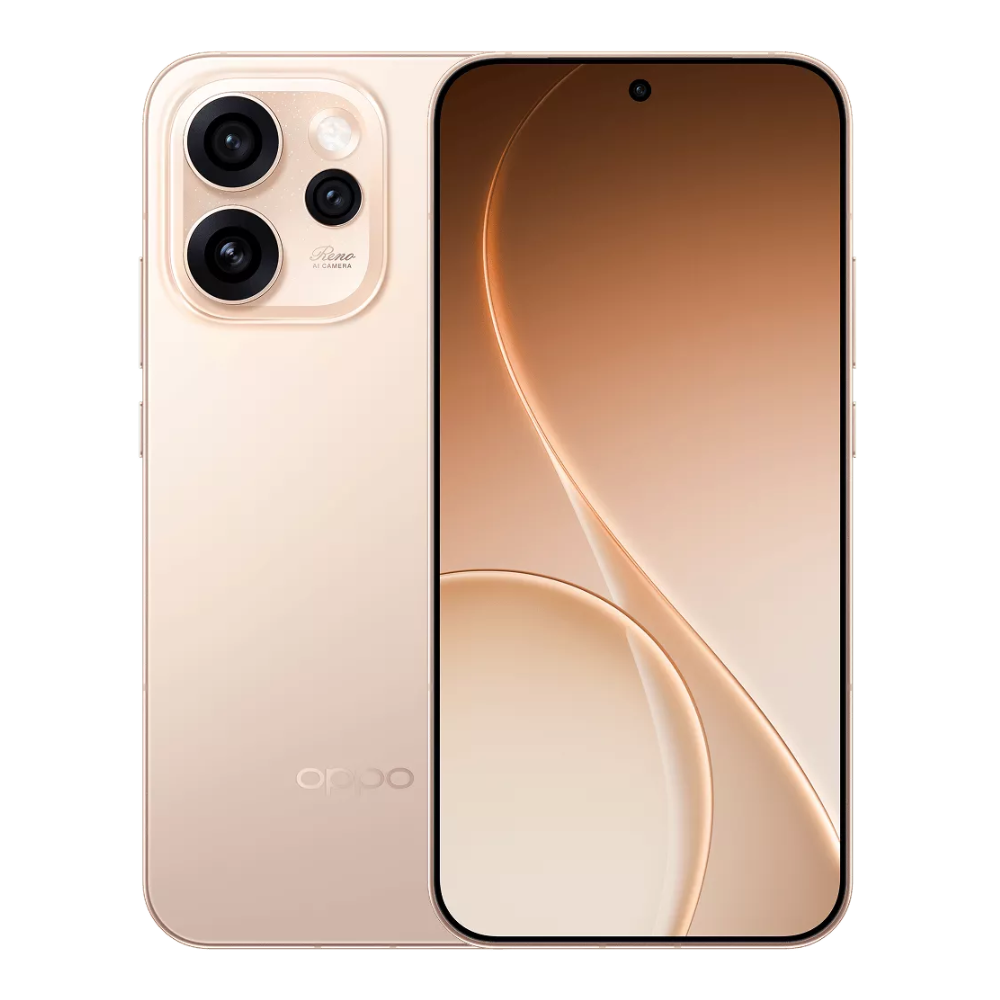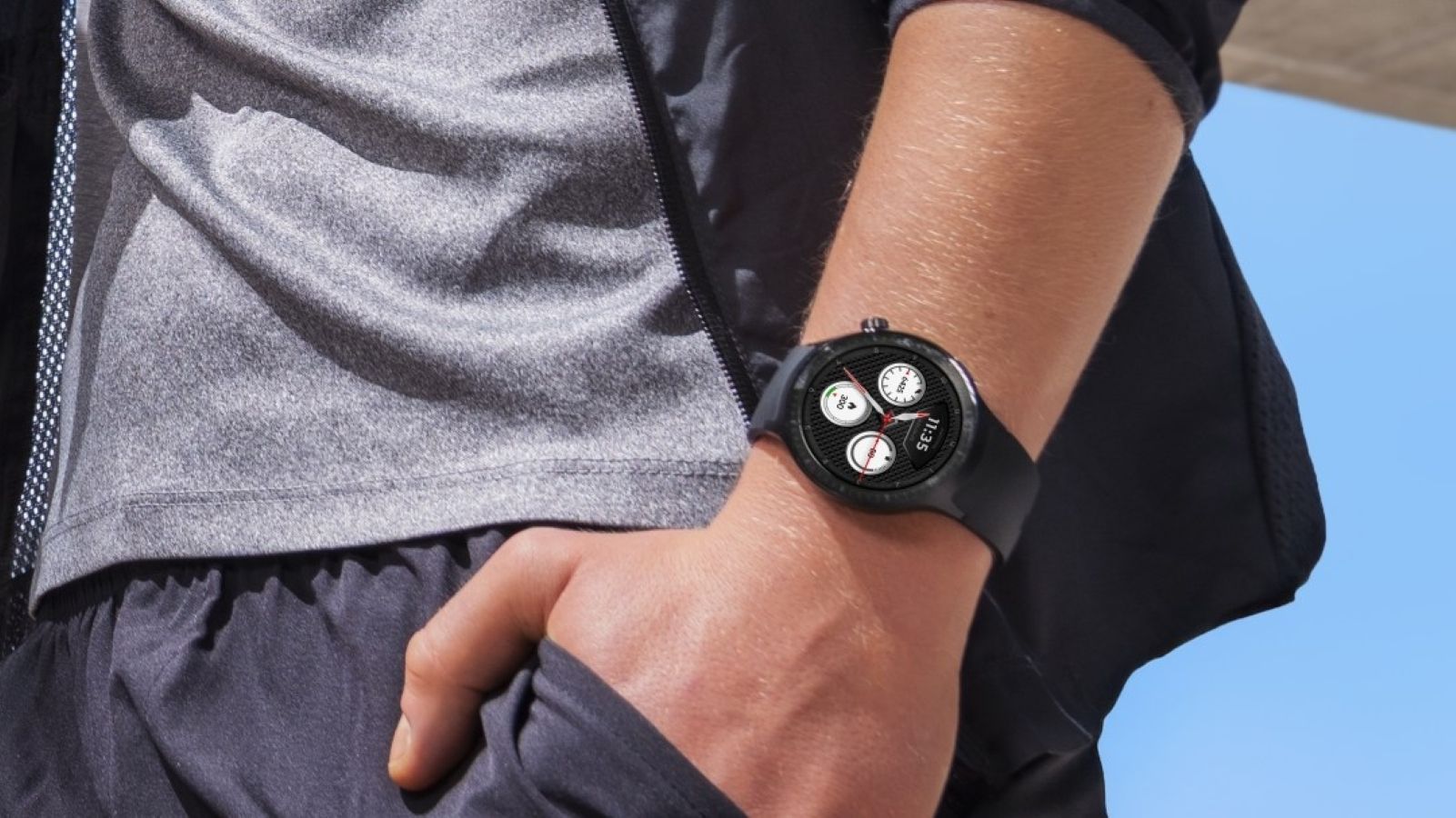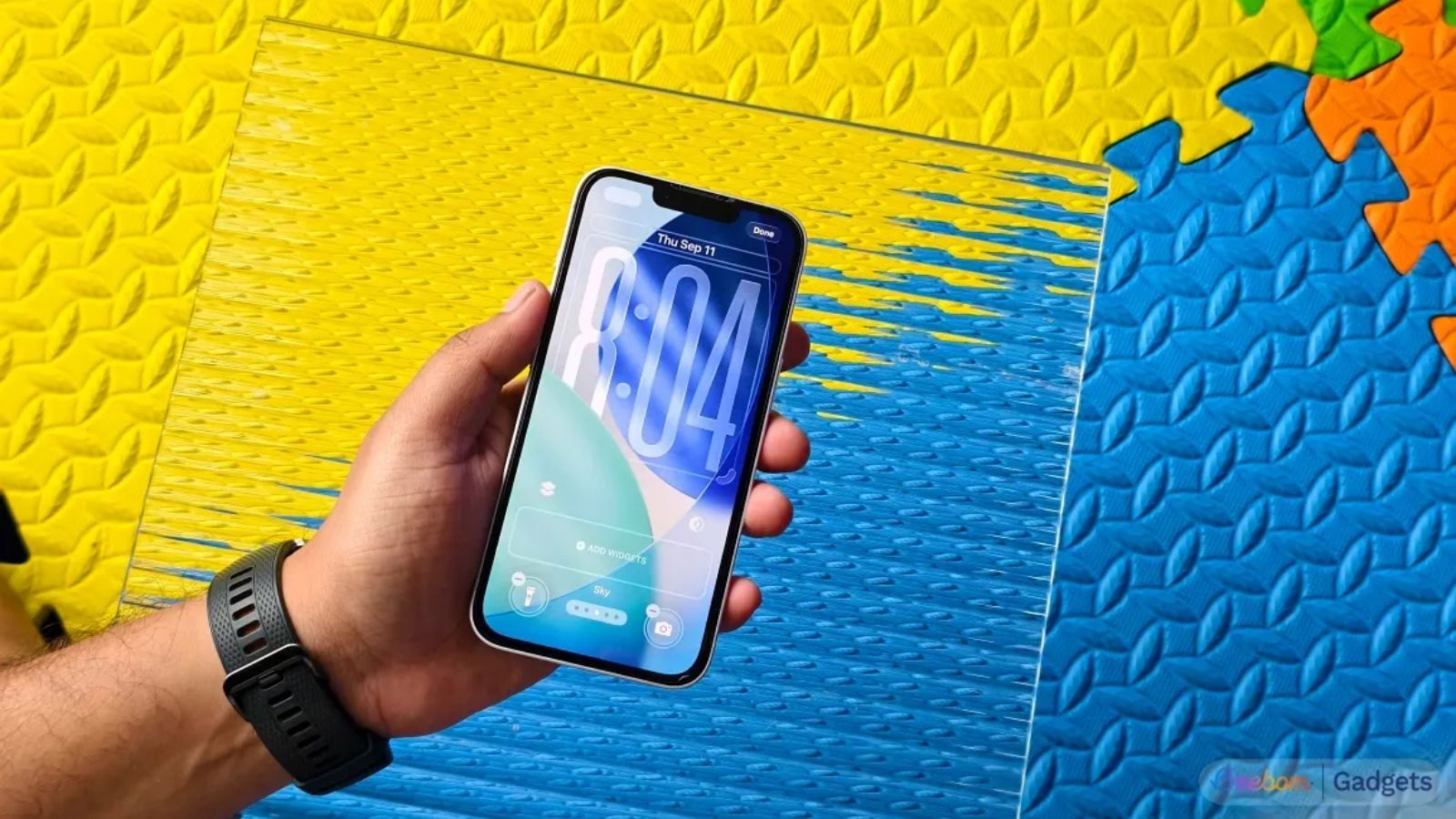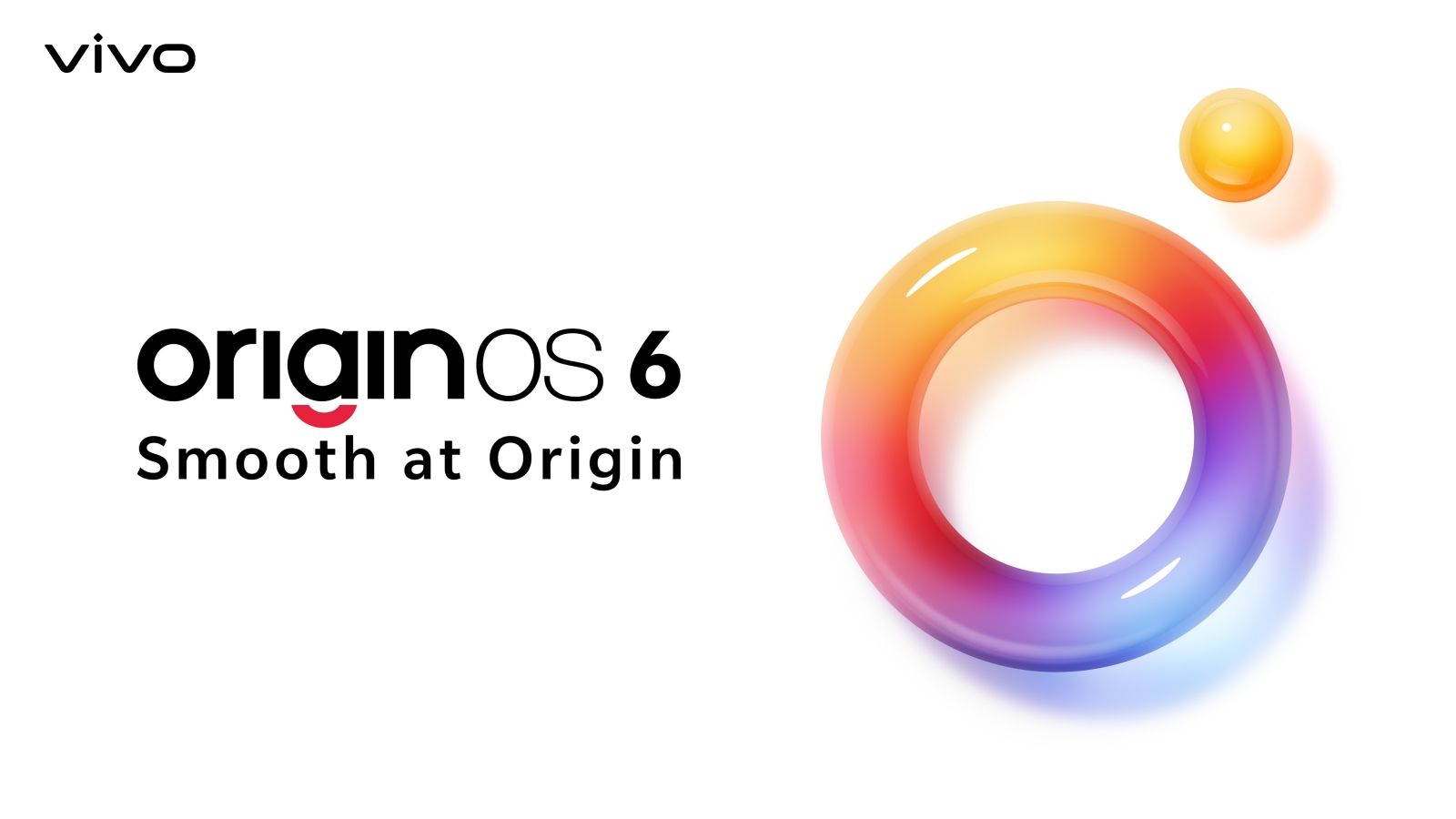Summary
- In the AnTuTu benchmark, the Snapdragon 8s Gen 4 scored 2.10M points, while the Snapdragon 8 Gen 3 achieved 2.08M points.
- Since both processors pack nearly identical CPUs, they posted similar results in the Geekbench CPU test.
- Based on our testing, the Snapdragon 8 Gen 3 pulls ahead with significantly stronger GPU performance.
Notes
We benchmarked the Snapdragon 8s Gen 4 on the iQOO Neo 10, and the Snapdragon 8 Gen 3 on the OnePlus 13R.
Qualcomm launched the Snapdragon 8s Gen 4 chipset in 2025, but interestingly, its CPU architecture shares many similarities with the 2023 flagship – Snapdragon 8 Gen 3. So to find the performance difference between the two processors, we have performed an in-depth benchmark comparison, evaluating the CPU and GPU on AnTuTu, Geekbench, 3DMark, and more.
Snapdragon 8s Gen 4 vs 8 Gen 3: AnTuTu Score
AnTuTu Benchmark | Snapdragon 8s Gen 4 | Snapdragon 8 Gen 3 |
AnTuTu Score | 2,104,905 | 2,087,159 |
CPU | 483,422 | 440,975 |
GPU | 891,935 | 860,385 |
Memory | 388,619 | 427,798 |
UX | 340,929 | 358,001 |
In the AnTuTu benchmark, the Snapdragon 8s Gen 4 scored 2.1M points, while the Snapdragon 8 Gen 3 achieved 2.08M points. Both processors have delivered nearly the same level of performance if we consider the aggregate number. However, when we look at the benchmark scores individually, Snapdragon 8s Gen 4's CPU leads by around 10% and the GPU leads by 3.6%.
Snapdragon 8s Gen 4 vs 8 Gen 3: Geekbench Score
Geekbench 6 CPU | Snapdragon 8s Gen 4 | Snapdragon 8 Gen 3 |
Single-core | 2,158 | 2,183 |
Multi-core | 6,989 | 6,434 |
Next, in the Geekbench CPU test, the Snapdragon 8s Gen 4 achieved 2.15K and 6.98K in single-core and multi-core tests, respectively. Whereas, the Snapdragon 8 Gen 3 got 2.18K and 6.43K in the same test. Here again, both processors deliver identical results in single-core tasks. Only in multi-threaded tasks, the Snapdragon 8s Gen 4 performs 8% faster than the Snapdragon 8 Gen 3.
Snapdragon 8s Gen 4 vs 8 Gen 3: CPU Throttling Test
CPU Throttling Test | Snapdragon 8s Gen 4 | Snapdragon 8 Gen 3 |
Maximum Score | 549,579 GIPS | 397,971 GIPS |
Average Score | 485,827 GIPS | 290,518 GIPS |
Minimum Score | 414,382 GIPS | 249,129 GIPS |
Throttling Percentage (Higher is better) | 80% | 64% |
Now, we come to the CPU Throttling Test that evaluates the sustained performance of the CPU. In this test, the Snapdragon 8s Gen 4 maintained its peak performance for much longer, throttling to 80% of its maximum performance. Whereas, the Snapdragon 8 Gen 3 inside the OnePlus 13R struggled to sustain its CPU performance, getting around 64%. If you care about sustained CPU performance over an extended period, the Snapdragon 8s Gen 4 seems to be a better pick.
Snapdragon 8s Gen 4 vs 8 Gen 3: 3DMark Score
3DMark Wild Life Extreme Stress Test | Snapdragon 8s Gen 4 | Snapdragon 8 Gen 3 |
Best Loop Score | 2,845 | 5,060 |
Lowest Loop Score | 2,180 | 2,742 |
Stability | 76.6% | 54.2% |
Next, to test the GPU performance, we ran the 3DMark Wild Life Extreme Stress test on both processors. In this benchmark, the Snapdragon 8 Gen 3's Adreno 750 GPU shines, offering a massive 77% faster graphics performance than the Snapdragon 8s Gen 4's Adreno 825 GPU. Even with lower stability, the Adreno 750 GPU achieves a better score after several rounds of testing.
3DMark Solar Bay | Snapdragon 8s Gen 4 | Snapdragon 8 Gen 3 |
Overall Score | 4,615 | 8,686 |
Average FPS | 17.55 FPS | 22.02 FPS |
In the 3DMark Solar Bay benchmark, which tests ray-tracing capability, the Snapdragon 8 Gen 3 again leads by a whopping 88%. And we see the same trend in the graphics-intensive 3DMark Steel Nomad Light test, where it leads by 65%. Simply put, the Snapdragon 8 Gen 3 packs a much powerful GPU than the Snapdragon 8s Gen 4.
3DMark Steel Nomad Light | Snapdragon 8s Gen 4 | Snapdragon 8 Gen 3 |
Overall Score | 1,030 | 1,702 |
Average FPS | 7.64 FPS | 12.61 FPS |
Snapdragon 8s Gen 4 vs 8 Gen 3: Speedometer 3.0 Score
In the CPU-bound Speedometer 3.0 test which evaluates web browsing performance, the Snapdragon 8s Gen 4 does better, scoring 12.5 points, while the Snapdragon 8 Gen 3 gets 8.22 points. It means that Snapdragon 8s Gen 4 offers improved fluidity and responsiveness while using web apps.
Snapdragon 8s Gen 4 vs 8 Gen 3: Benchmark Gallery
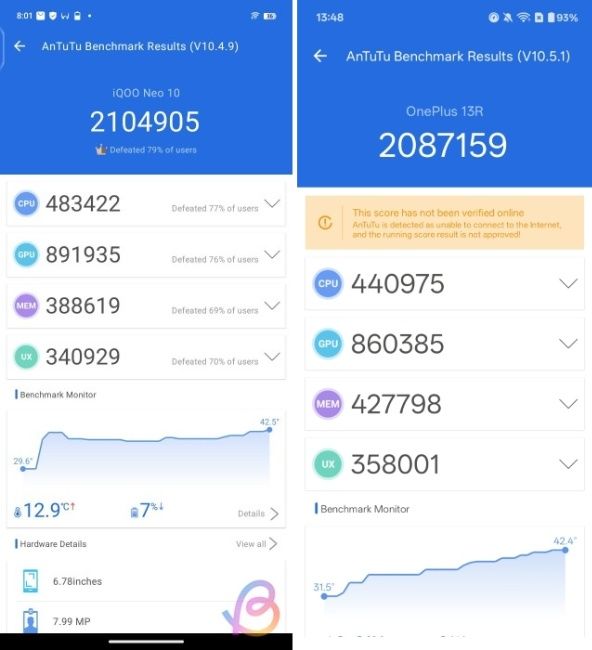
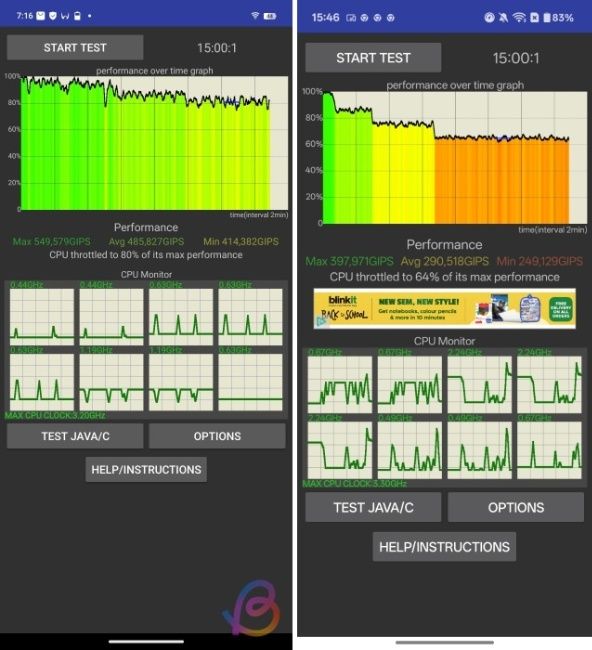
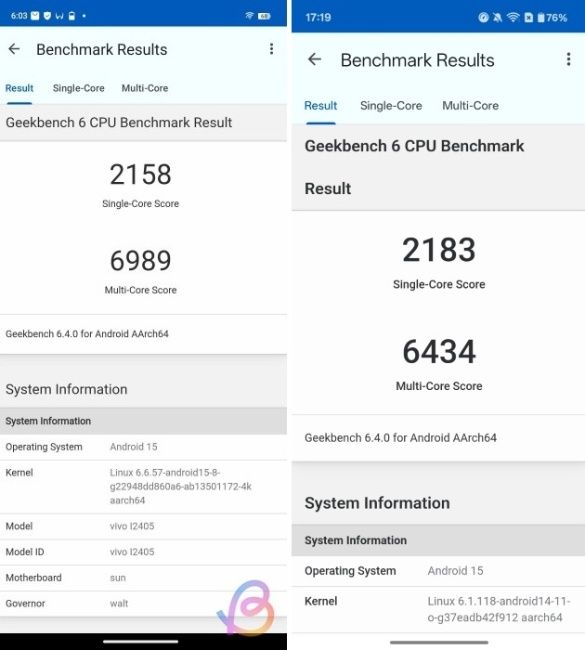
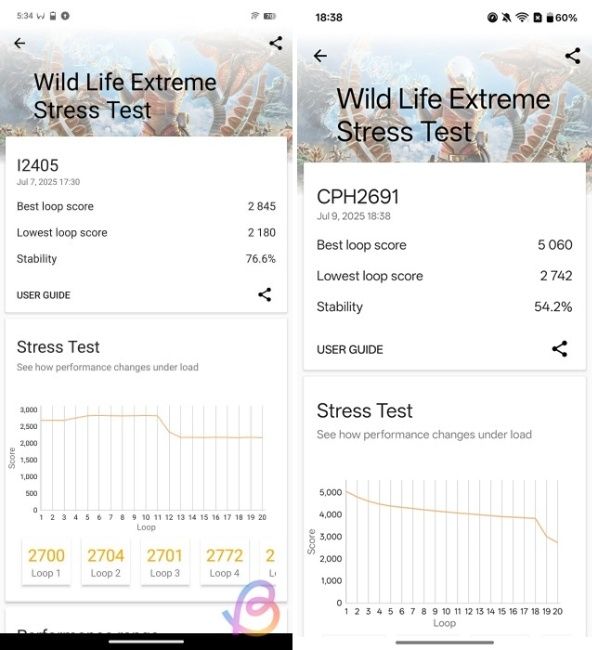
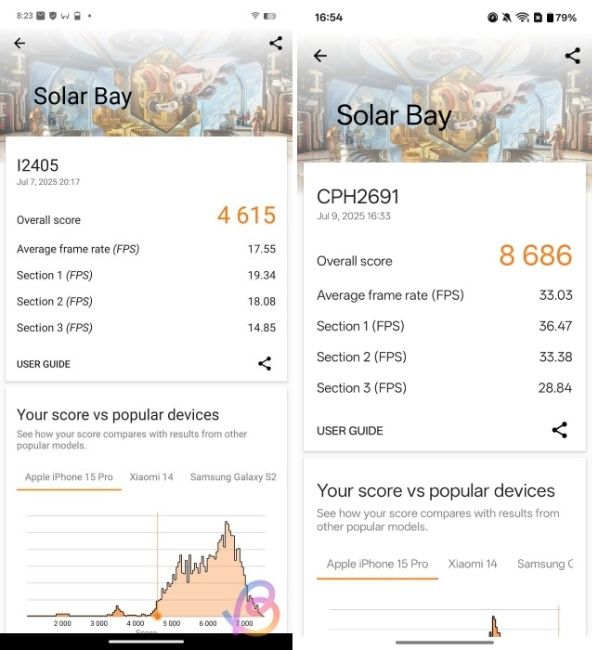
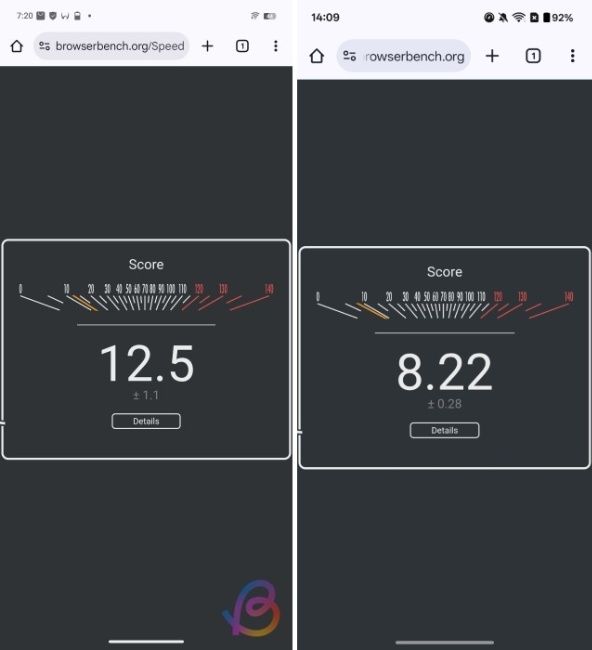
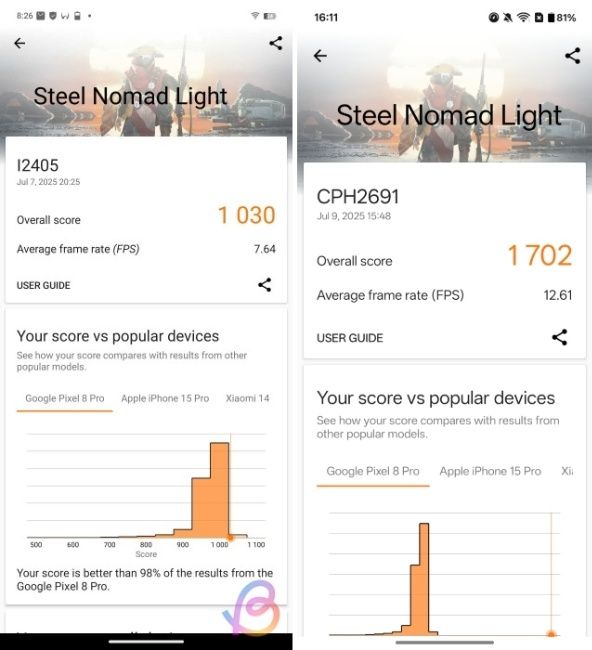
Snapdragon 8s Gen 4 vs 8 Gen 3: Specs Comparison
Specs | Snapdragon 8s Gen 4 | Snapdragon 8 Gen 3 |
Process Node | TSMC’s 4nm | TSMC’s 4nm |
CPU | 8-core Kryo CPU | 8-core Kryo CPU |
CPU Cores | 1x Cortex-X4 (3.2GHz), 3x Cortex-A720 (3.0GHz), 2x Cortex-A720 (2.8GHz), 2x Cortex-A720 (2.0GHz) | 1x Cortex-X4 (3.3GHz), 3x Cortex-A720 (3.2GHz), 2x Cortex-A720 (3.0GHz), 2x Cortex-A520 (2.3GHz) |
GPU | Adreno 825 GPU | Adreno 750 GPU |
Storage and Memory | UFS 4.0, LPDDR5X memory, up to 4800MHz | UFS 4.0, LPDDR5X memory, up to 4800MHz |
NPU | New Hexagon AI Engine, On-device multimodal AI support | Hexagon NPU, Run AI models up to 10B parameters |
ISP | 18-bit Triple AI Spectra ISP, Up to 320MP photo capture, 4K HDR video at 60 FPS | Cognitive ISP, Triple 18-bit ISPs, Up to 200MP photo capture |
Modem | Snapdragon 5G modem (Sub-6 GHz only), Up to 4.2 Gbps Peak Download | Snapdragon X75 5G modem, Peak Download Speed 10Gbps, Peak Upload Speed 3.5 Gbps |
Connectivity | Wi-Fi 7, Bluetooth 6.0 and UWB | Wi-Fi 7, Bluetooth 5.4, LE |
Verdict
To sum up, the recently launched Snapdragon 8s Gen 4 performs on par or slightly better than the Snapdragon 8 Gen 3 in the CPU department. It's also more efficient and sustains its peak performance for a longer period. However, in graphics tests, the two-year-old Snapdragon 8 Gen 3 still leads by a significant margin. The older Adreno 750 GPU outranks the newer Adreno 825 GPU.
So, if you are a gamer, I would recommend the Snapdragon 8 Gen 3 over the Snapdragon 8s Gen 4. In addition, it's worth noting that the Snapdragon 8 Gen 3 brings support for premium mmWave 5G bands while the Snapdragon 8s Gen 4 only supports Sub-6GHz bands.


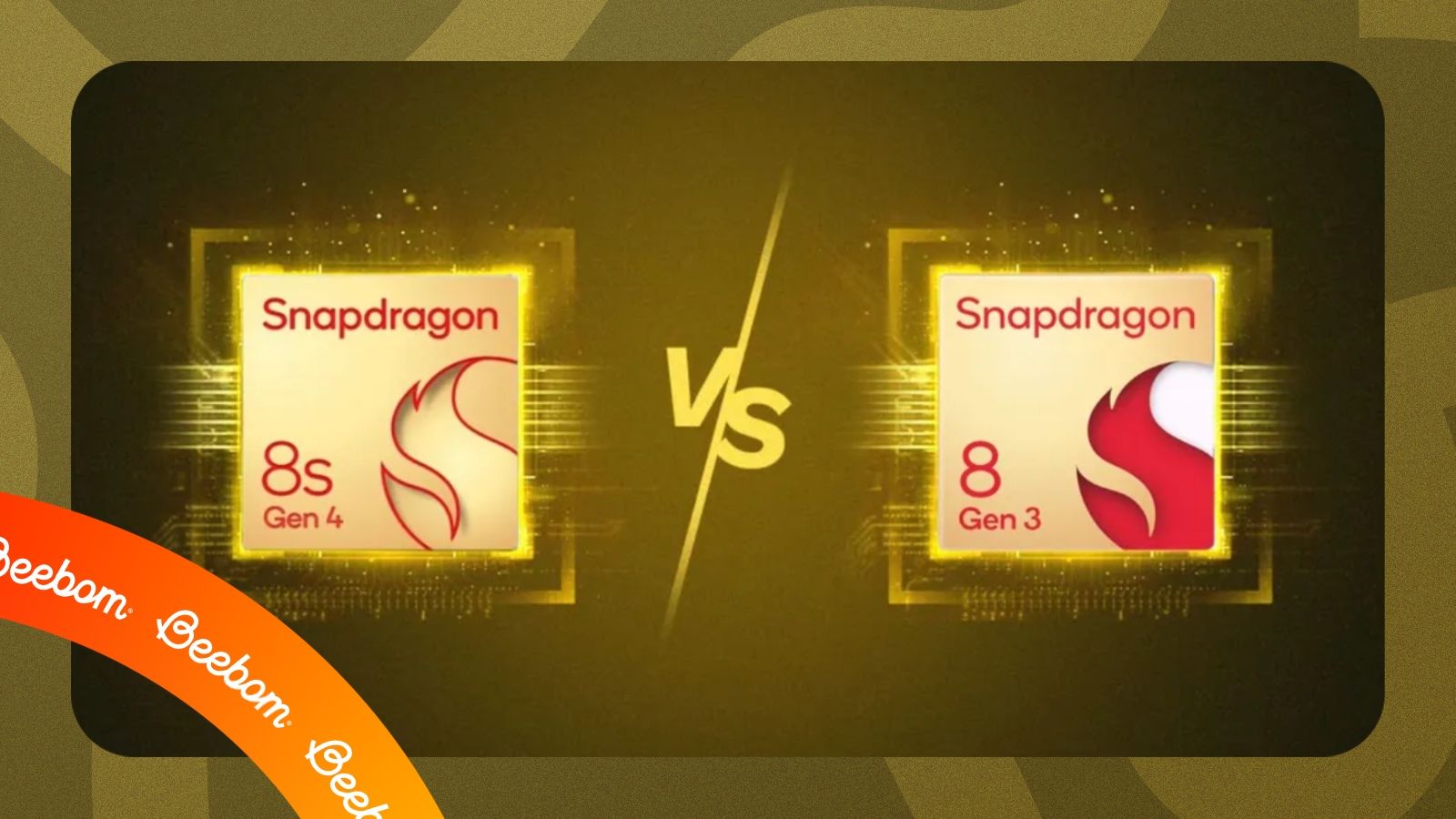
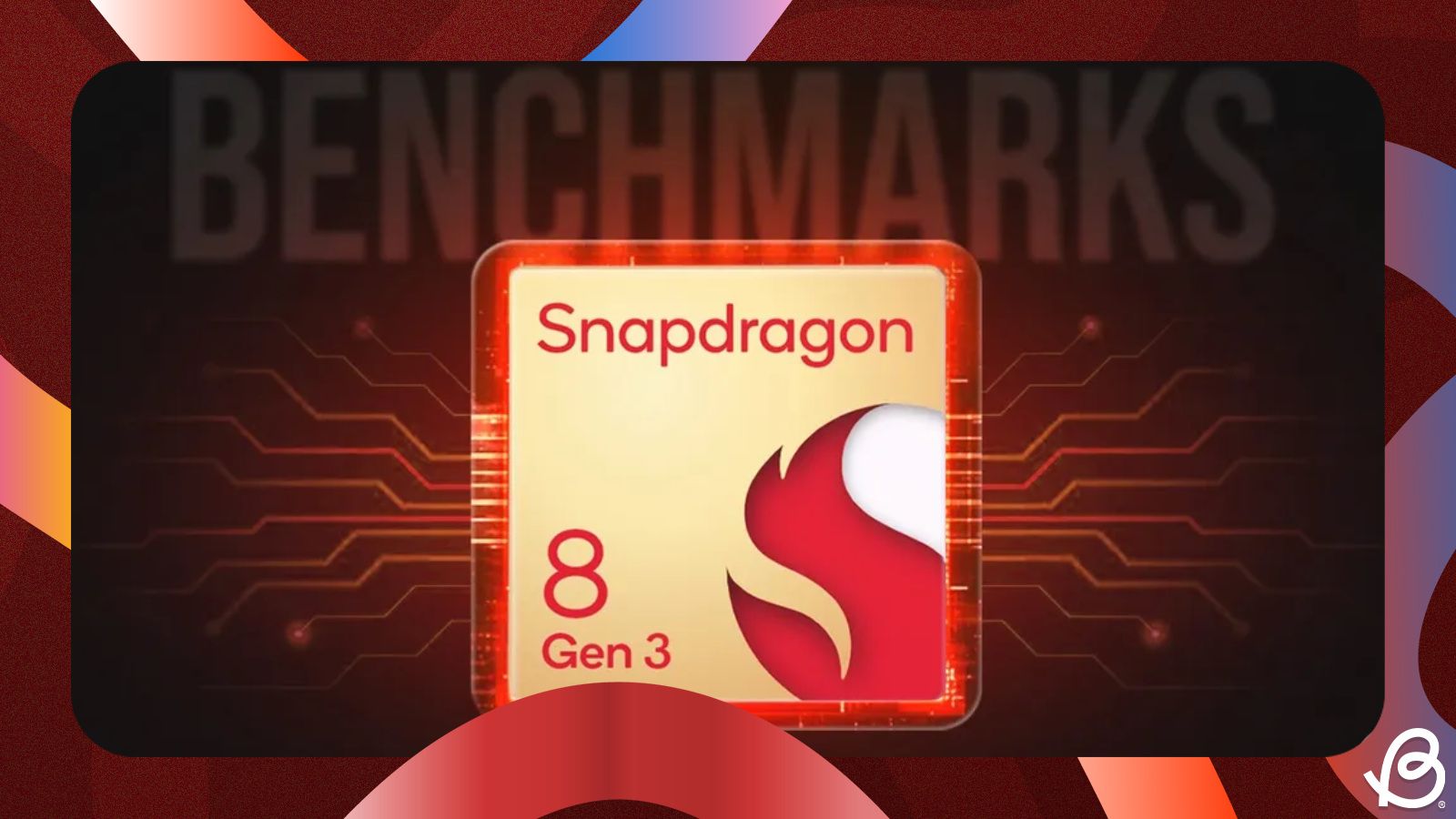
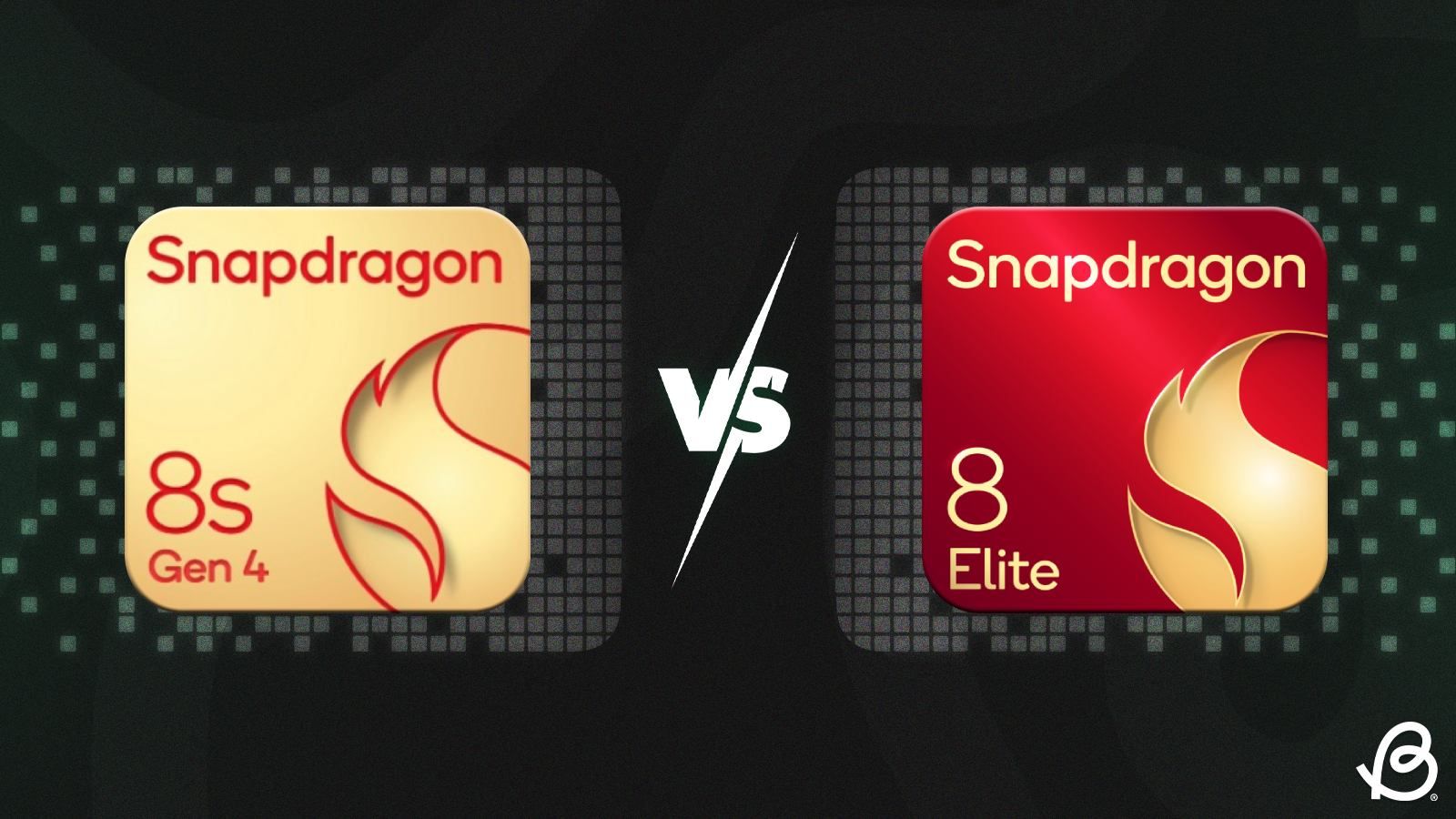
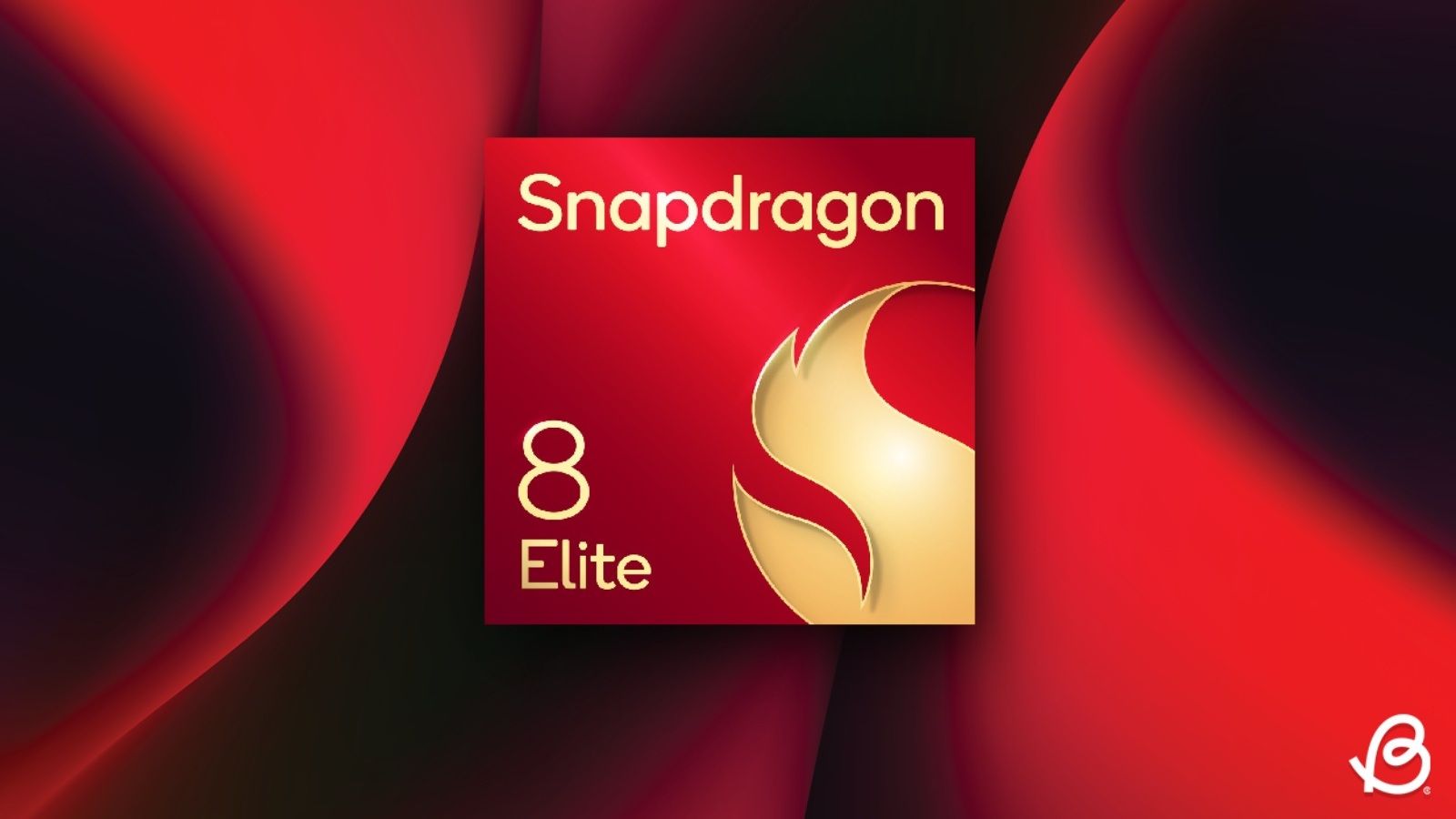
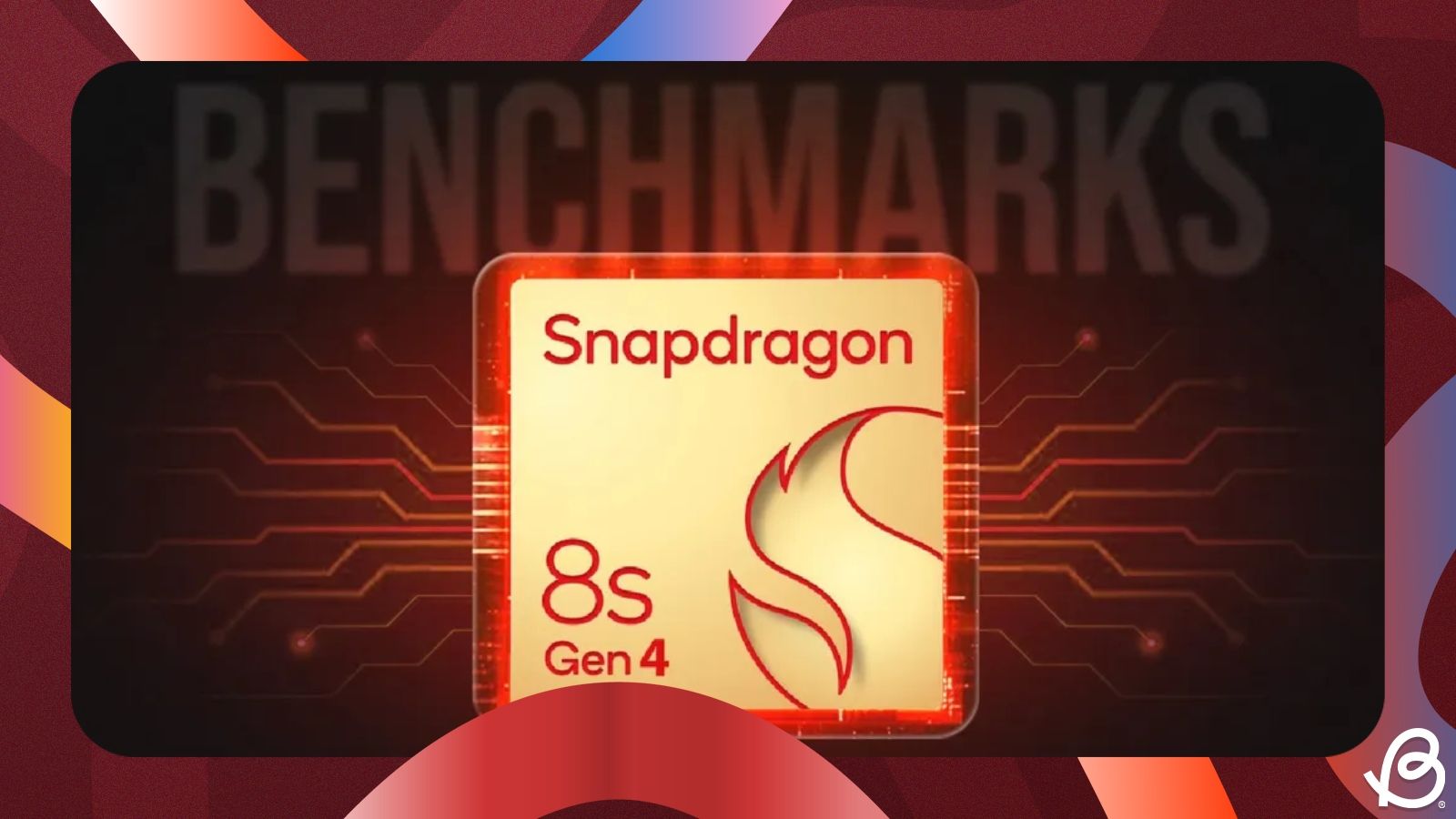
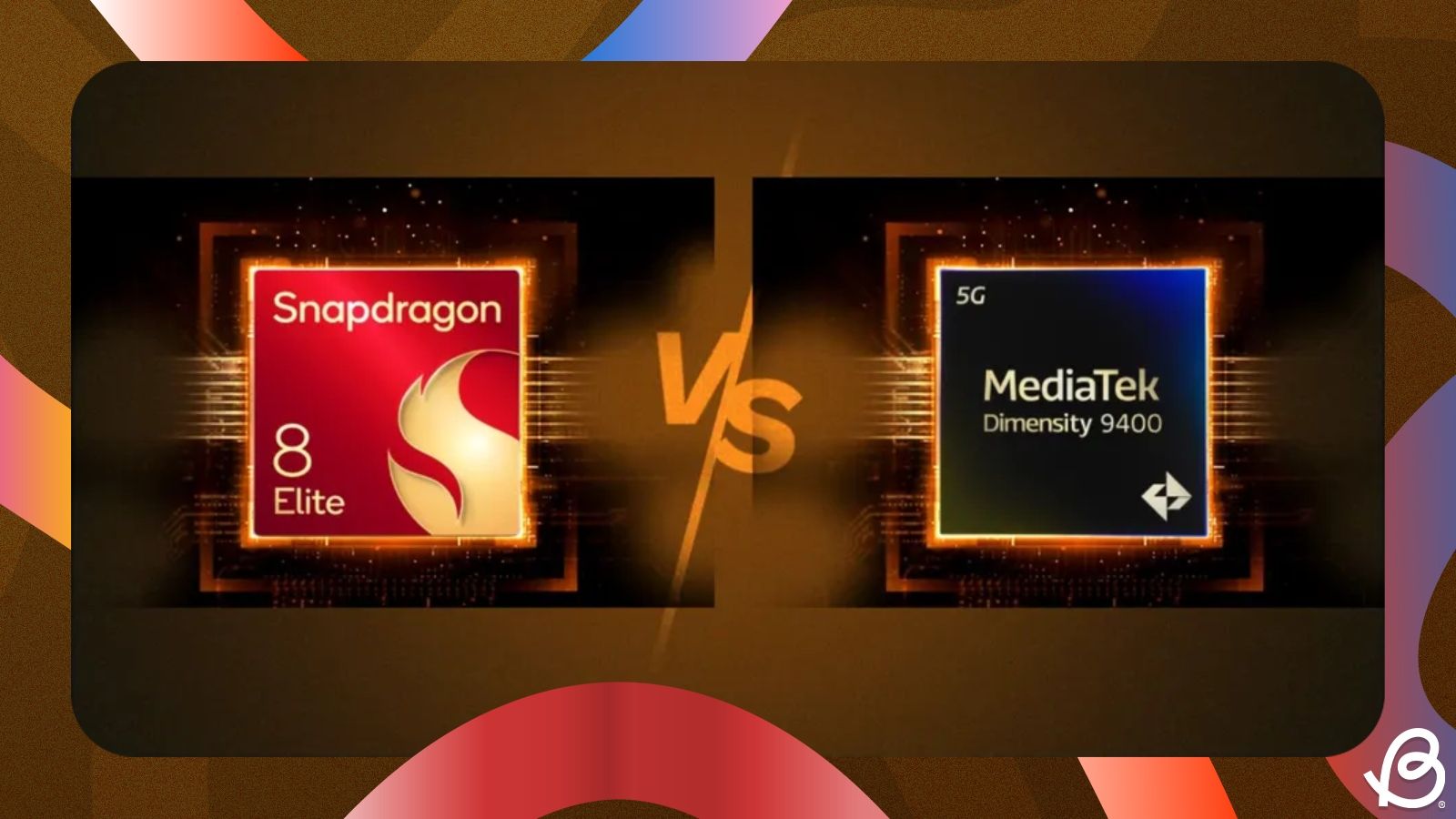
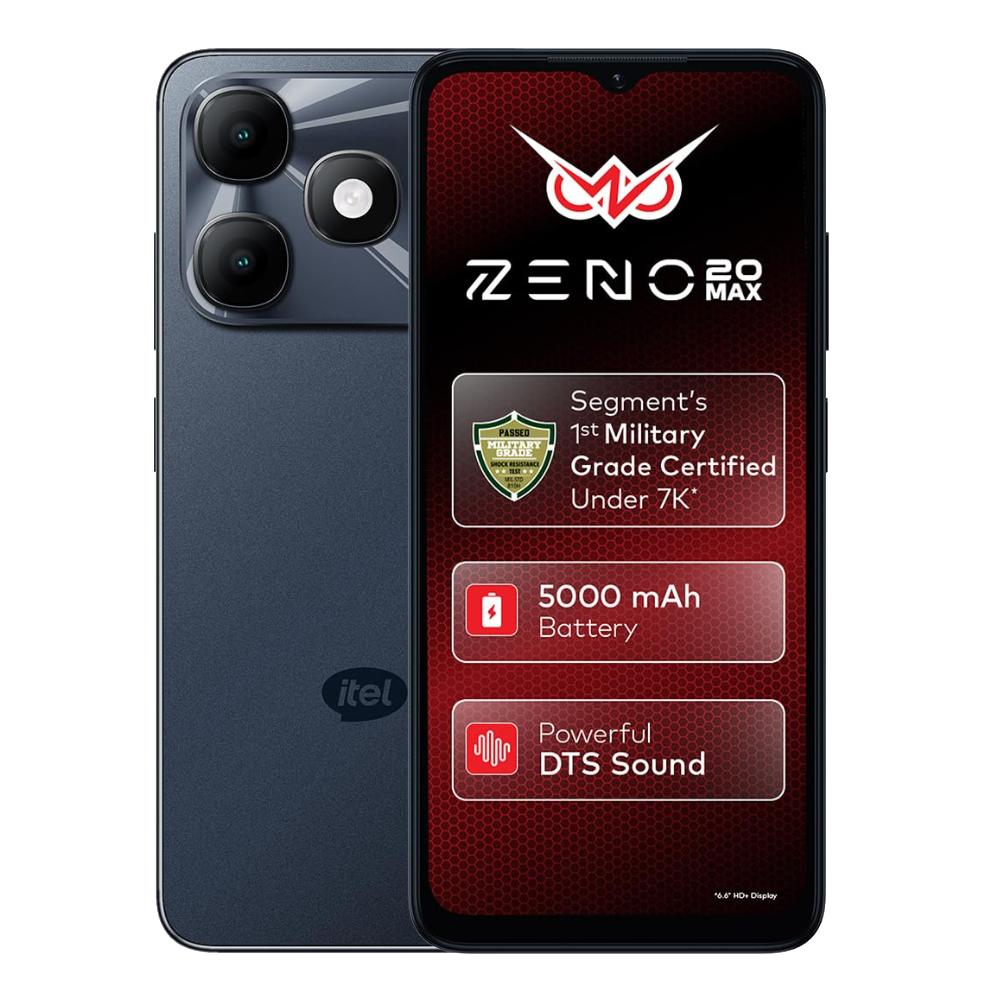
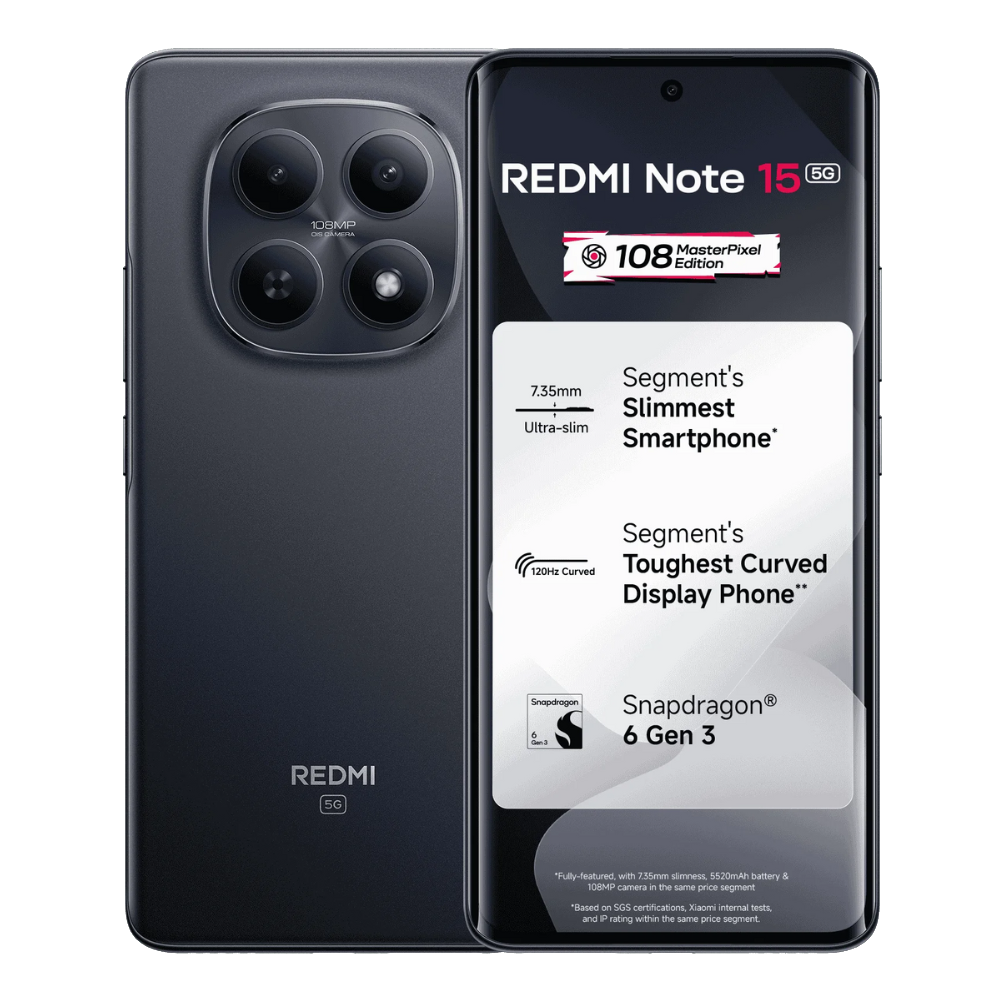


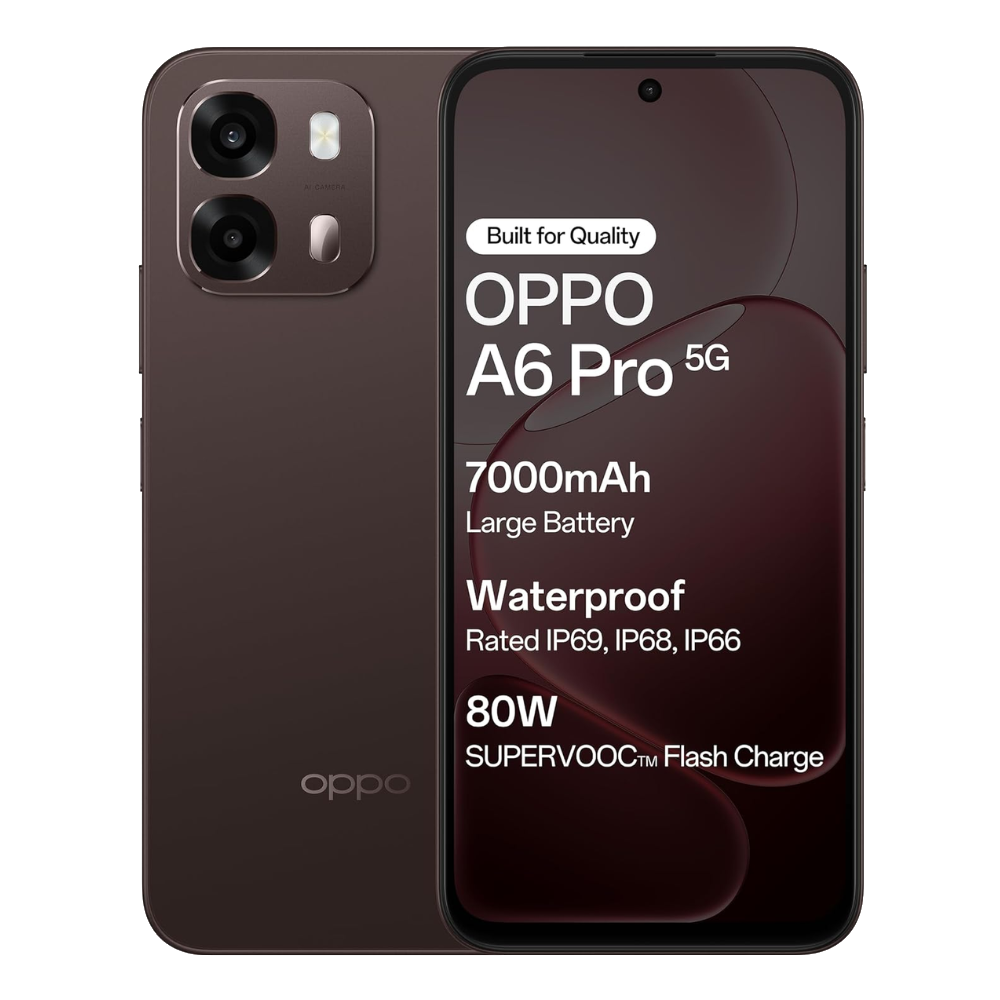
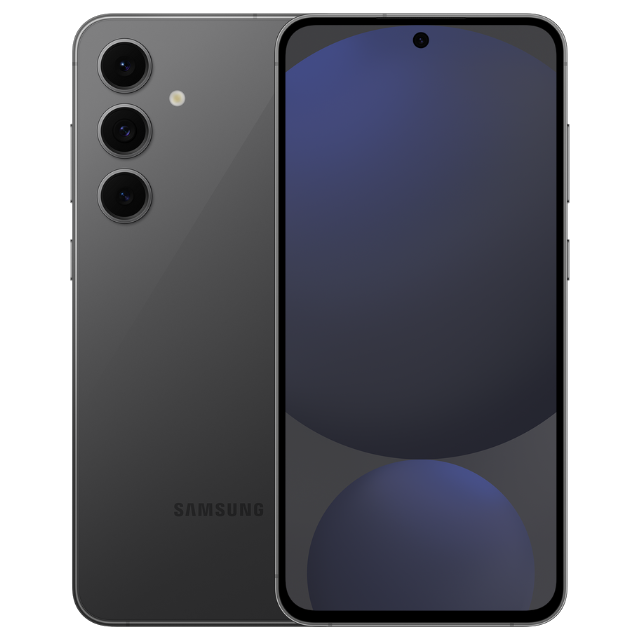




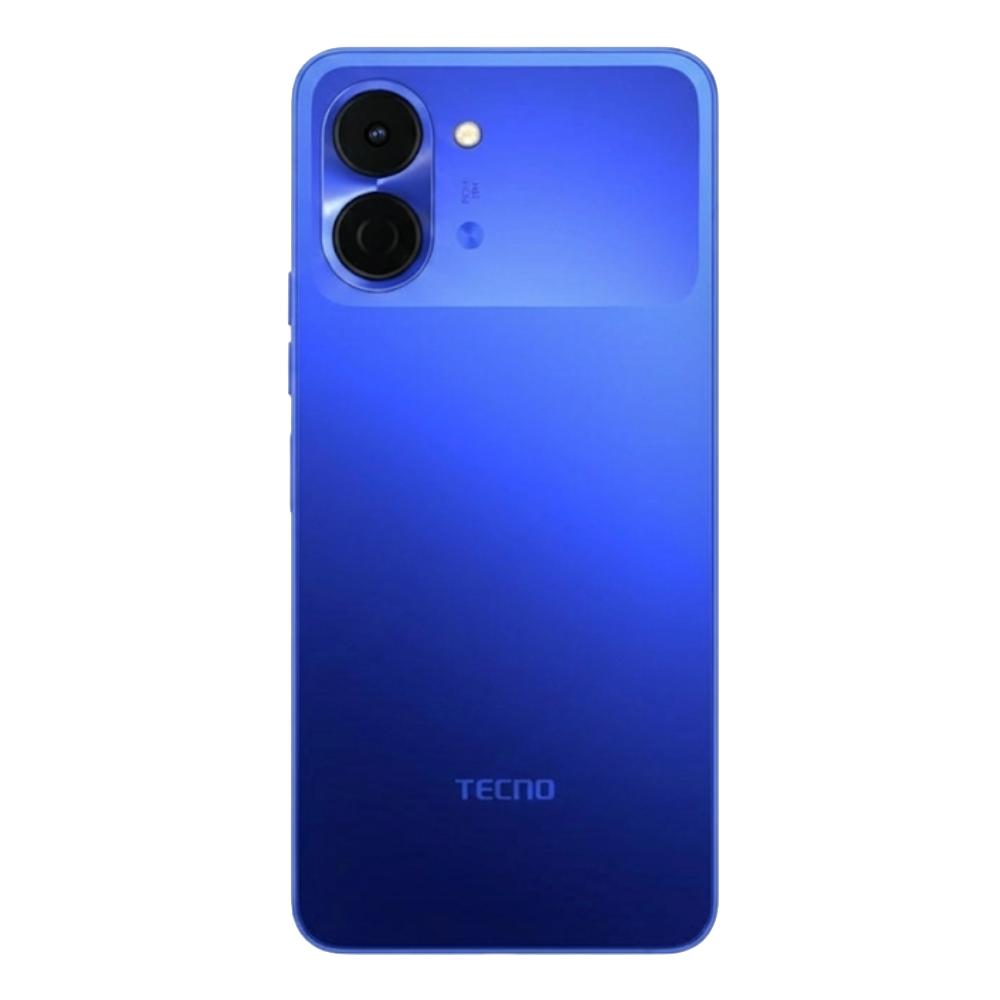
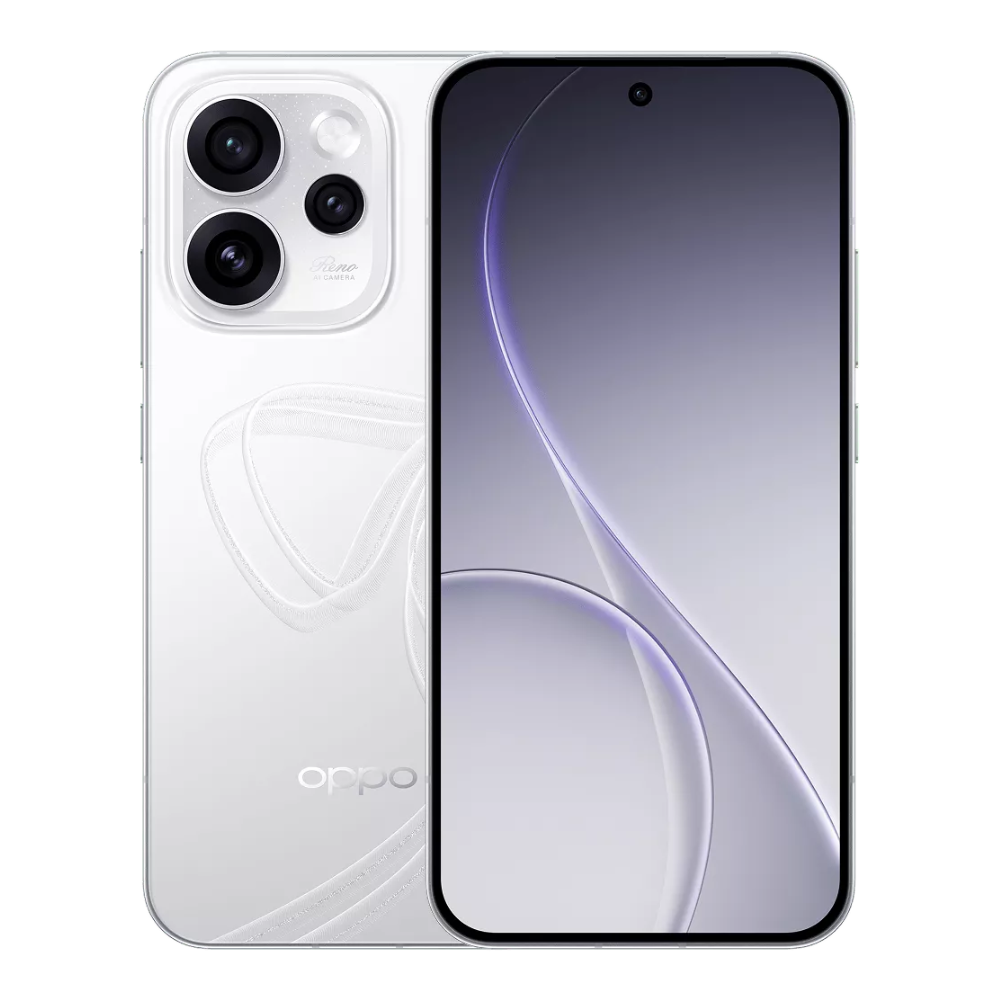

.png)
